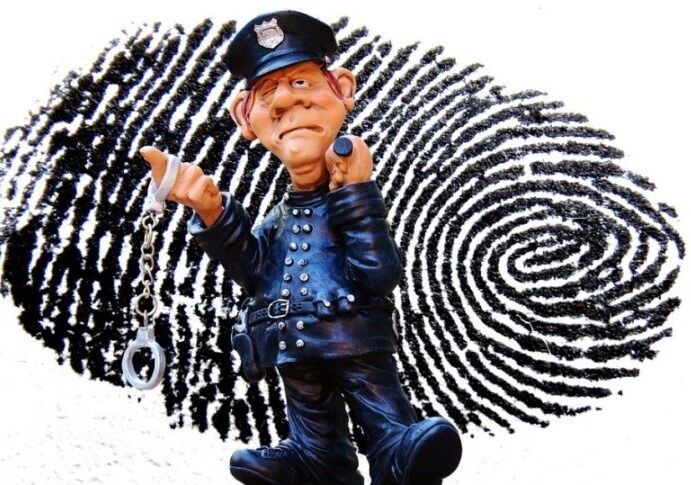Fingerprints are an individual characteristic that is used as a means of identifying people.
Fingerprinting is one of the most frequently used techniques for the recognition of people; However, it is also convenient to know the characteristics of the fingerprints that predominate according to the population of origin, that is, according to the human variability of the world’s inhabitants.
Fingerprint Identification And Analysis
Fingerprint identification and analysis techniques have advanced. Previously, just by performing the analysis of the ten-finger card, the pattern of the figure that presented the fingerprint was established and a comparison was made with fingerprints of some credential or official document.
Today, from the forensic point of view, says the specialist, other types of investigations are being carried out because in the legal field more information is required from a scientific perspective.
That’s why with recent techniques, it is not possible to observe in detail only the fingerprint, but also the pores and the number of ridges (elevated linear epidermal reliefs with a rounded back that alternate with grooves form the very varied patterns visible in the palms of the hands, fingers and the soles of the feet).
Types of Fingerprints
The papillary patterns on the nail phalanges of the fingers of the hands are mainly divided into three types: arch, loop and curl.
The arch pattern consists of two papillary line flows: the lower and the upper.
The arch patterns are formed by the superior flow of papillary lines, which in the middle part have a curve, the internal arch, whose structure and shape serve to subdivide the arch patterns into views.
The loop pattern consists of three strands of papillary lines: the lower, the middle, and the upper.
Bottom flow begins at one edge of the pattern and crosses it to the opposite edge.
The middle starts at one edge of the pattern, loops, and goes back to the same edge, while the top starts at one edge, goes back to the edge of the nail, and ends on the opposite side of the pattern at the bottom. In the loop pattern, the center and the delta are distinguished.
The curl pattern consists of three strands. The lower and upper threads are arranged similarly to the lower and upper threads in a looped pattern, but the middle is completely closed between the top and bottom.
This arrangement of flows is accompanied by the presence of two bottom: the left and the right. The center of the curl pattern is a point located in the central part of the internal flow of the papillary lines.
Three principles of fingerprinting
Typically, fingerprint analysis of all fingers can take between three days and a week, depending on the complexity and quality of the images.
What is done is to divide the fingerprint of each one of the fingers into quadrants and from there, a vertical and a horizontal line is drawn to take the characteristics and make classifications depending on the particular grooves that are found.
It is called the principle of perenniality because the crests of the fingerprint are formed from the sixth week of intrauterine life and participate in the growth of the person until death and putrefaction or mummification.
In the principle of immutability the traces do not change. If the impression of all the fingers of both hands of a child is taken and if we take it again in his old age, we will observe that the fingerprints participate in the growth.
The diversity of footprints refers to all human beings possessing an individual ten-digit system with unique characteristics. Due to the diversity of shapes that these papillary drawings have, in which no two can ever be found the same, we can call them diversiform.
On the other hand, the specialist refers that, in accordance with the Law on Protection of Personal Data in possession of obliged subjects, the fingerprint database that has been obtained at the Faculty is protected under the necessary measures for its total protection.
In addition, special care must be taken with who can access this information, be it for thesis preparation or scientific analysis due to the nature of the sample. It highlights that this database could hardly be exchanged with other institutions in charge of human identification such as prosecutors or forensic medical services.
